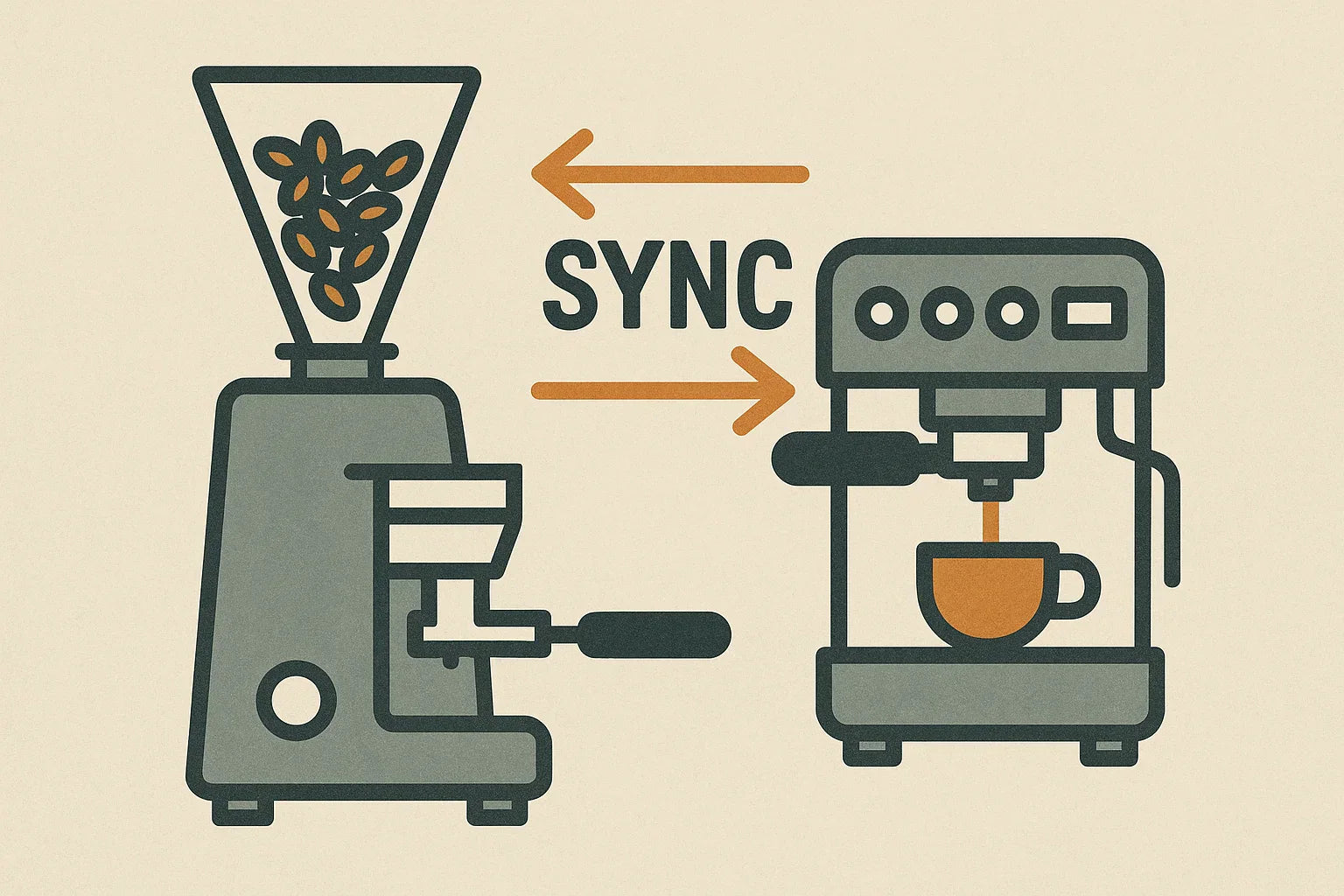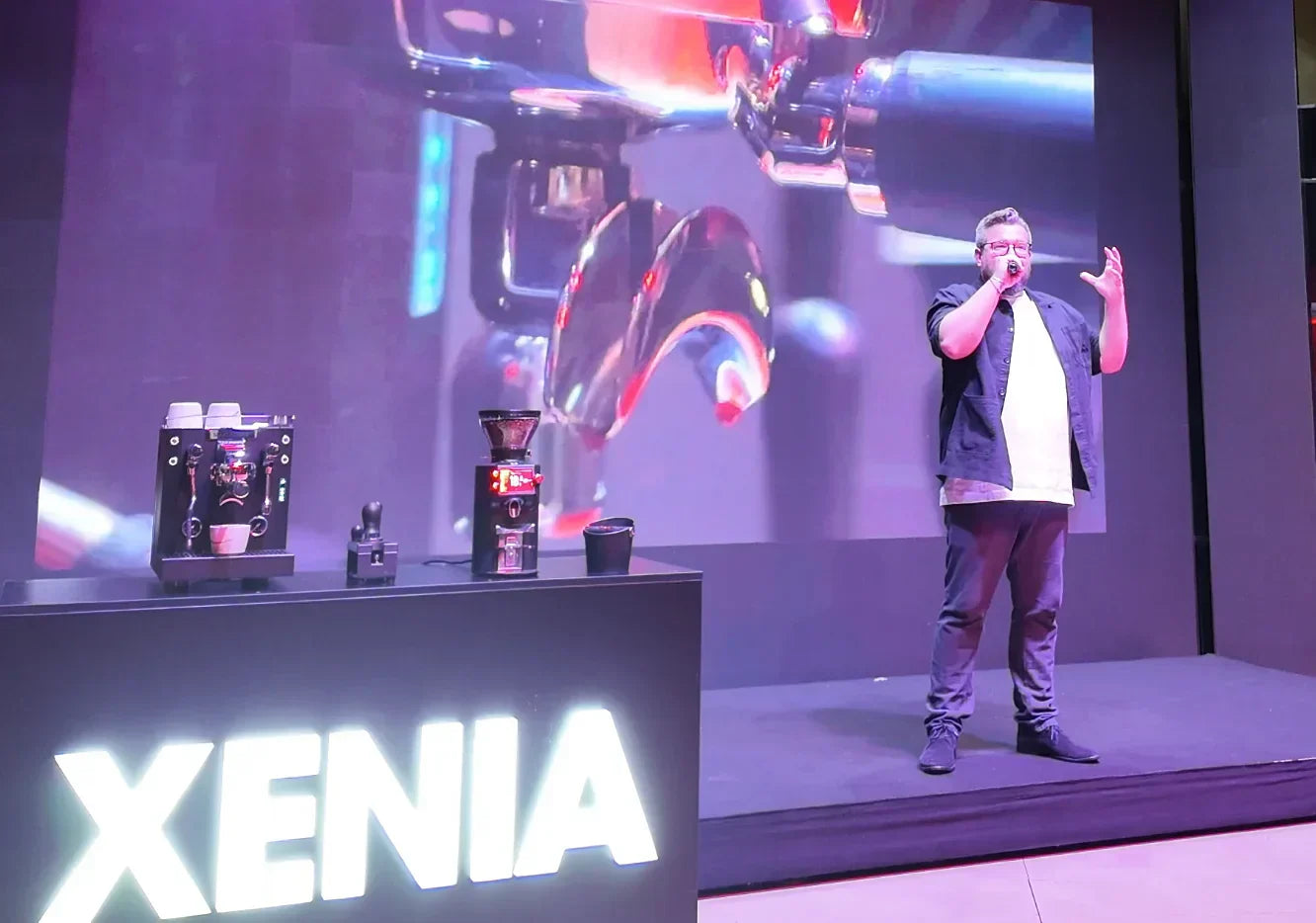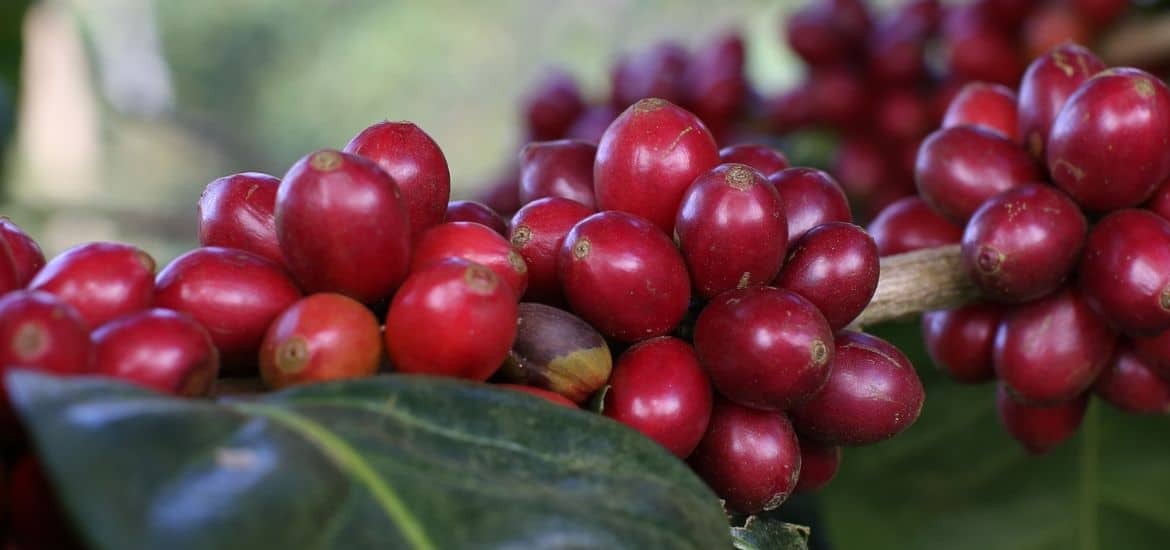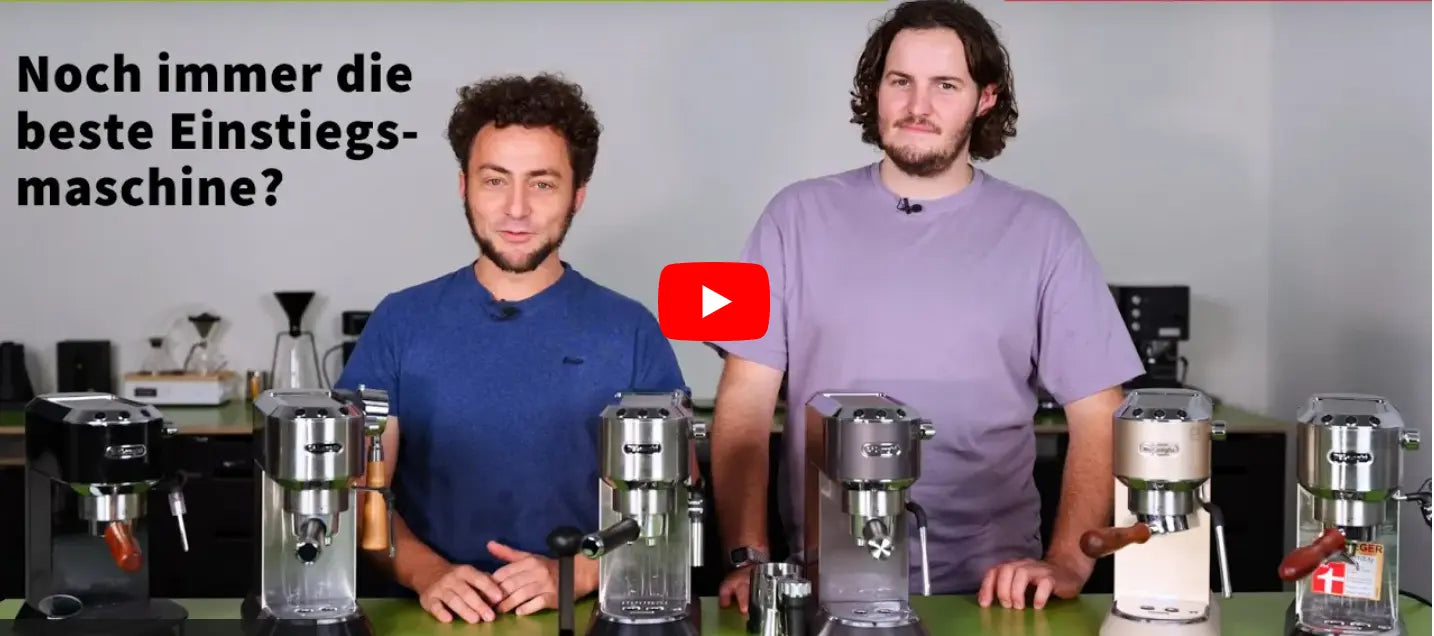What does coffee from Brazil taste like? Nicaragua? Costa Rica? Unfortunately, there are no simple answers here. In our roastery and academy, we constantly taste coffees from all over the world and are continually surprised by individual flavor profiles. Yes, there are certain basic characteristics, and yes, exceptions are increasingly proving the rule.
Have you ever wondered what coffee from Peru actually tastes like? Or from Java? Or from Brazil? Of course. If you're a bit more interested in coffee and drink single-origin coffees, for example, you can gradually acquire a sensory repertoire for each coffee region.
You'll quickly notice that coffees from certain regions are significantly milder, fruitier, or nuttier. Some coffees are so distinctive that you can easily identify them among many others. Dry-processed coffees from Ethiopia, washed coffees from Kenya, or coffees of the Gesha variety are so distinctive that they're difficult to confuse.
However, these three coffees are quite extreme in terms of their flavor profiles. Few other coffees are so distinctive that we can immediately recognize their origin. Or can you give a precise description of a washed Arabica from Zambia? Or a dry-processed Robusta from Uganda?
So, if we want to talk about flavor profiles, we need to ask ourselves a few questions:
- Can we even speak of general taste profiles?
- Are we talking about country, regional, or local profiles?
- Are these profiles stable? Do they always taste the same?
- Are microclimate and terroir responsible for taste?

Are there general flavor profiles for coffee?
Short answer
Yes. For certain qualities that are well-stocked.
Long answer
Yes and no. "Brazil tastes nutty, Colombia mild and berry, Ethiopia floral." What may be true for many coffees doesn't hold for all. Not every coffee from Brazil tastes nutty, and not every Ethiopian coffee tastes floral.
Not every pizza comes from Italy and not every chocolate comes from Switzerland.
“A nutty Brazilian” would be something like the stereotype among coffees.
But, as is often the case, stereotypes represent part of the truth. So let's assume we're comparing clean coffees, meaning those that have been purified at the source of defects such as phenol, black beans, and heavy insect infestation. The volume of these coffees is quite large and meets the needs of large roasters seeking a coffee with recognition but without much complexity.
Within this category of coffee (approximately 30-50% worldwide, depending on origin), there are quite stable profiles that taste very similar every year.
Over the years, flavor profiles have become firmly established in the minds and on the tongues of coffee roasters. Today, coffee X often "has to" taste like Y. Exporters can blend stable profiles for coffee roasters to ensure their expectations are met.
This blending of different coffees from different regions and varieties smooths out differences, creating a single, great blend. This is comparable to a cuvée in wine, where different varieties come together to create a cohesive whole.
These coffee profiles are usually balanced but somewhat one-dimensional. They usually only impress with one characteristic, if any. Otherwise, they are solid, satisfying, and taste like coffee that the majority of people enjoy.
Take Home Message 1/4
A “nutty Brazilian” is the stereotype among coffees

What flavor profiles are we talking about here? "Country profiles," "regional profiles," or even "local profiles"?
the short answer
"Country profiles" exist because we want them to. "Local profiles" are much more a desire for something unique ( terroir ), thus more marketing, whereas "regional profiles" are easily replicable.
the long answer
If we as roasters have a fixed idea of a “Brazilian profile,” then our expectations of taste can be met through targeted blends of green coffees from the same origin.
In times of targeted, flavor-enhancing fermentation, new varieties, and new markets, established flavor profiles are also changing. Emi Fukahori became Brewers Cup World Champion in November 2018 with a coffee from Brazil. Did this coffee taste "nutty"? No. It tasted like everything else, but not "classic."
“Regional profiles” do exist – Honduran coffees from the Marcala region, for example, have a very distinctive acidity, while the coffees in the Copán region generally have more body and texture.
"Local profiles" then depend much more on the growing conditions and specific processing. The variety, altitude, and prevailing temperature play the most important roles here.
Take Home Message 2/4
"Country profiles" exist because we want them to. It's time to open up to new profiles.
Are these profiles stable? Do they always taste the same?
Short answer
If the customers want that, the exporter can do it – most of the time.
Long answer
Coffee is a natural product. As such, it is subject to fluctuations influenced by climate, but increasingly also by demographic factors.
Climatic example:
A rainy period before harvest increases the risk of phenol, a defect, while extreme drought before harvest will reduce yield.
Demographic example:
A shortage of pickers can lead to coffee hanging on the tree longer, ripening more than usual, and tasting much fruitier than in previous years. Is this an isolated case? No. India, Colombia, Central America – these phenomena are widely known.
Finally, much also depends on the progress of local coffee cultivation and, above all, coffee processing. New, efficient sorting systems reliably separate ripe from unripe cherries. Pulping machines remove pulp from coffee so cleanly that they leave barely any trace of the sugary mucilage.
The change is here – profiles are changing constantly and gradually.
Take Home Message 3/4
Stable profiles are created by humans. The actual profile changes gradually.

Is it the microclimate or the terroir that makes coffee so unique?
Short answer
Just because avocado trees are on a coffee plantation doesn't mean the coffee tastes like avocado. The same applies to tangerines.
Long answer
At the coffee makers, we defend the microbe- climate rather than the micro- climate.
We find the concept of terroir difficult and consider it more of a marketing ploy – if even wine connoisseurs disagree about its accuracy, why should we apply such a controversial concept to a product that functions completely differently than wine?
What is terroir ?
The French term refers, somewhat briefly, to the natural and human factors that are said to influence the growth of the plant and ultimately its taste.
It could be the composition of minerals in the soil, a particular climate in the region, or even the slope and the decisions of the winegrowers—and that's the problem; often, people mean a bit of everything. It's the opposite of precise.
What is often forgotten are the cultural practices that can also be part of a taste profile.
Factors that can also influence a taste profile:
- the time after picking the cherry until pulping
- The type of pulping
- Is it fermented?
- If so, how exactly?
- If so, what is the composition of the microbes?
At the end of the day, it's people who process a raw product using learned practices. What they do influences the flavor more than the presence of avocado trees on the plantation, a little extra nitrogen in the soil, or the angle of the sun—even if that might sound great.
Take Home Message 4/4
Clinging to the terroir prevents the acceptance of new flavor profiles.

And now?
At irregular intervals, we begin compiling our perspectives on flavor profiles from around the world. Subscribe to our newsletter and stay informed.




























